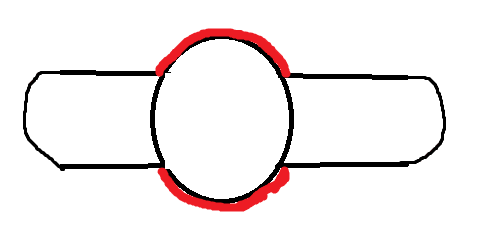dem0001
Structural
- May 1, 2014
- 5
I've always had it in my head that codes don't allow the use of slots (short nor long) with bolts that are subject to tension. However, in a design I'm working on currently, that notion was challenged and I cannot find it specifically stated in RCSC or AISC steel manual. Am I just blind or have I been wrong all of these years? Thinking about it, it stands to reason it would be ok if not code-prohibited as long as a proper washer thickness and diameter is utilized like on a slip-critical connection where bolts are tensioned.


![[hammer] [hammer] [hammer]](/data/assets/smilies/hammer.gif)